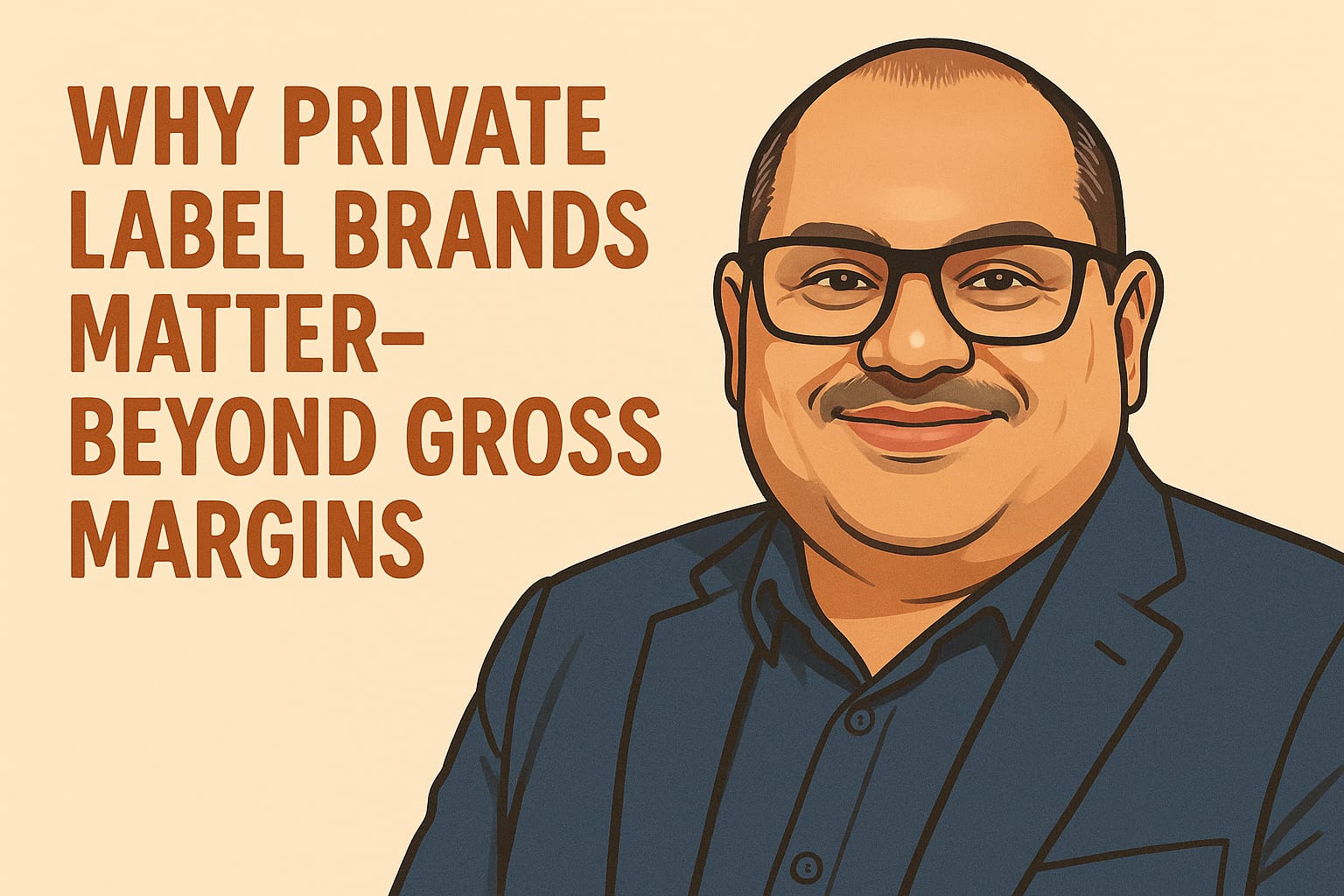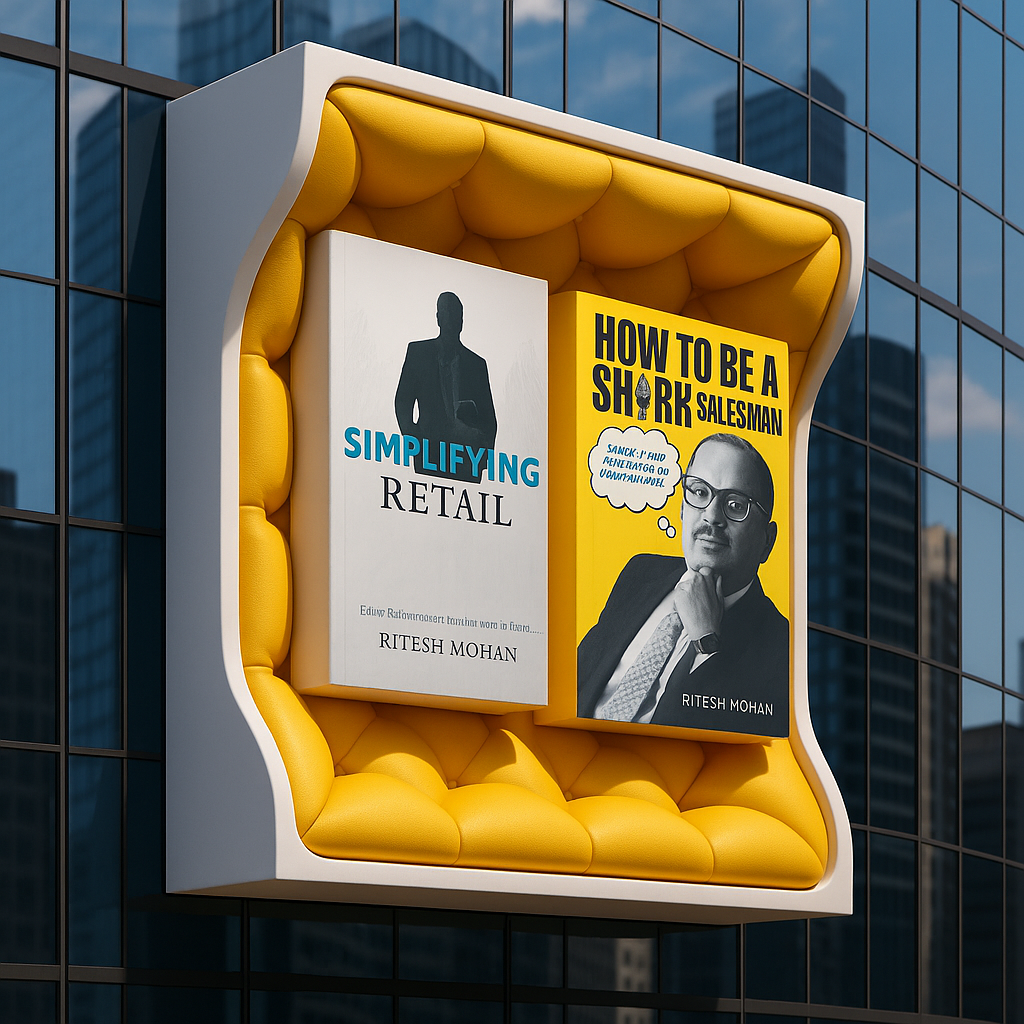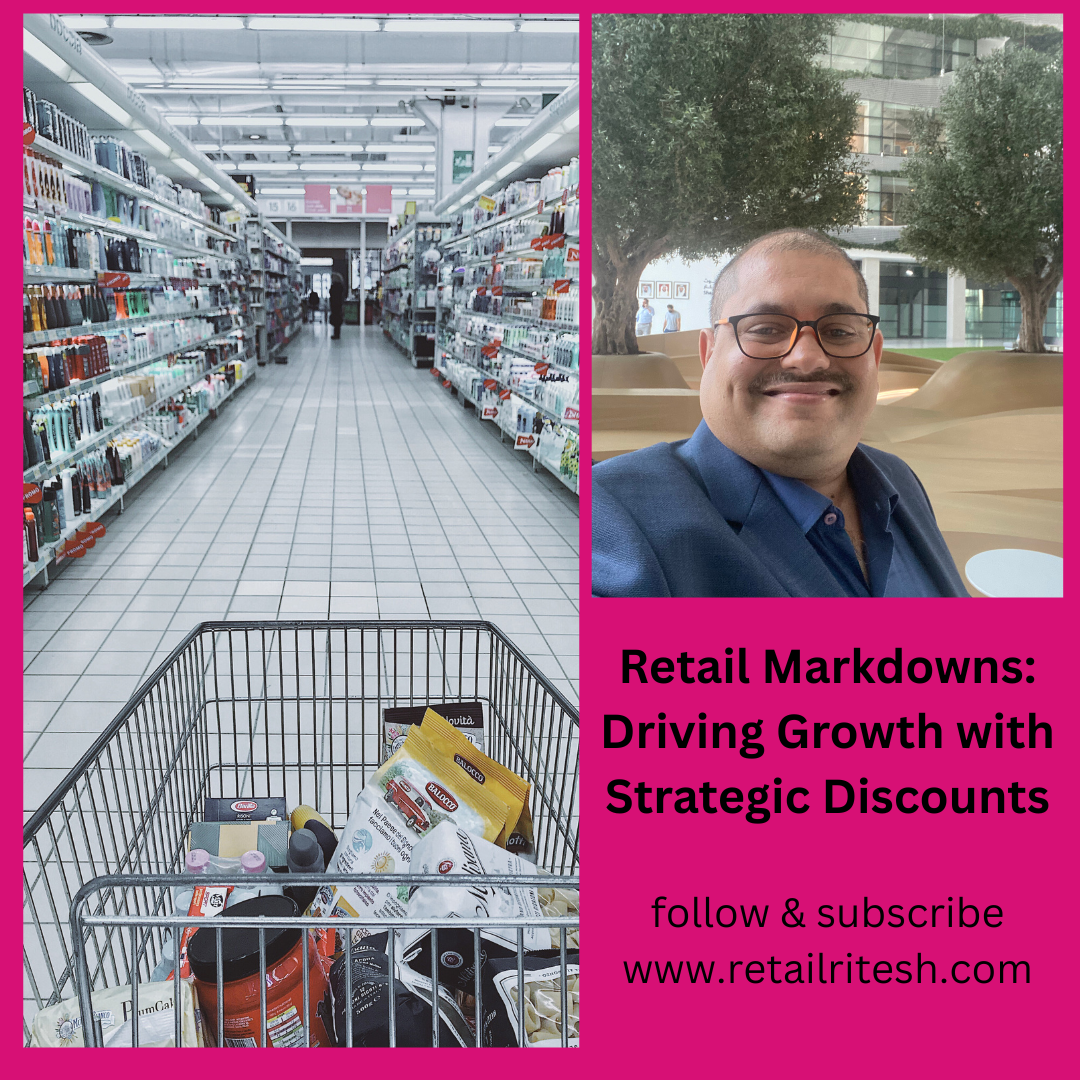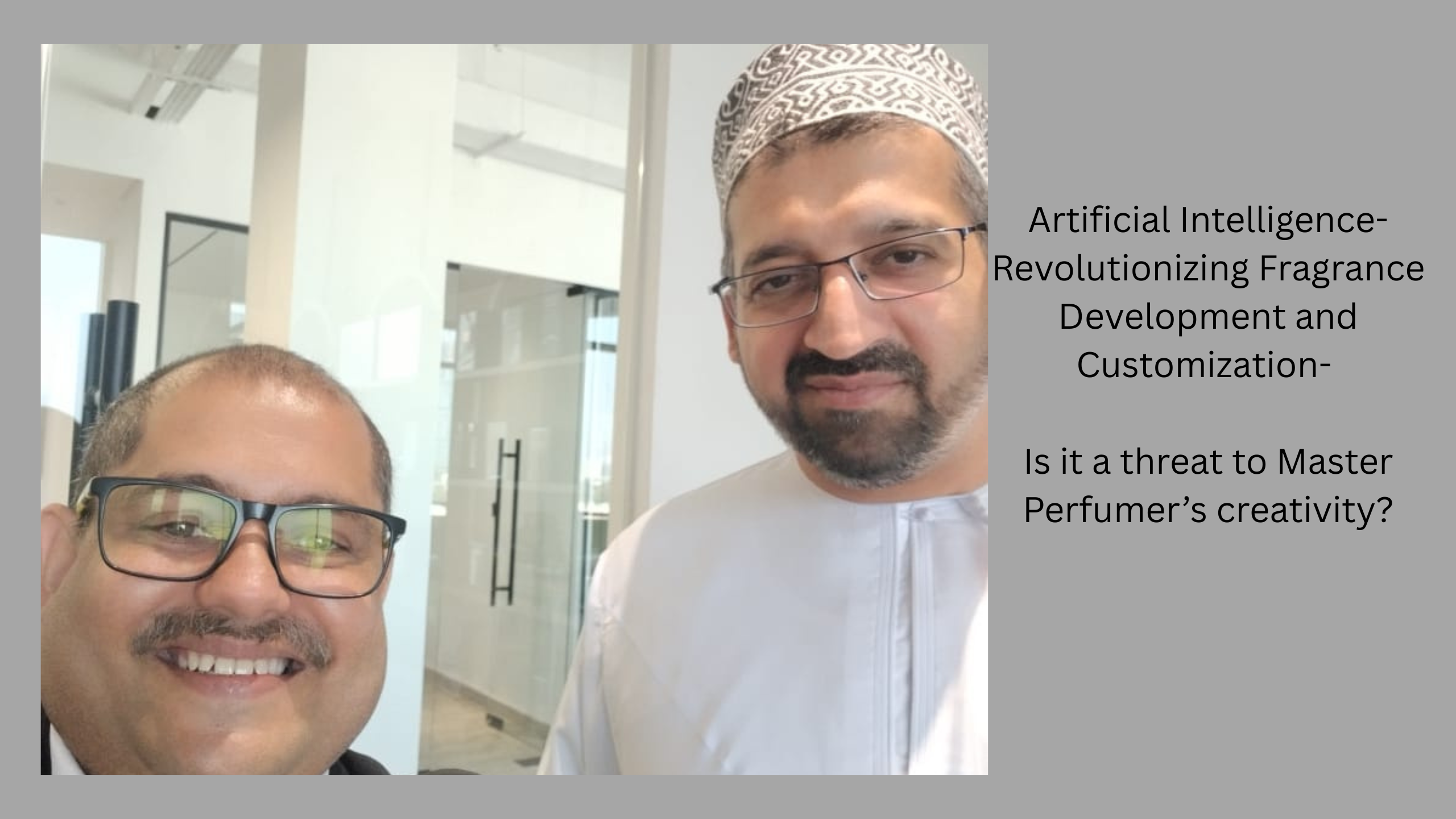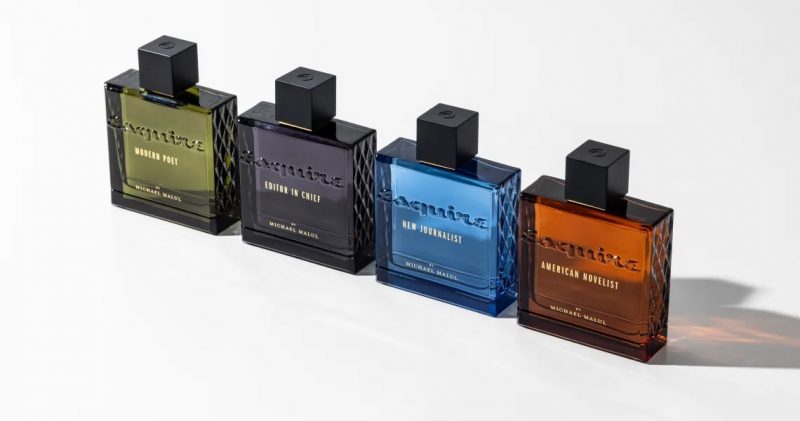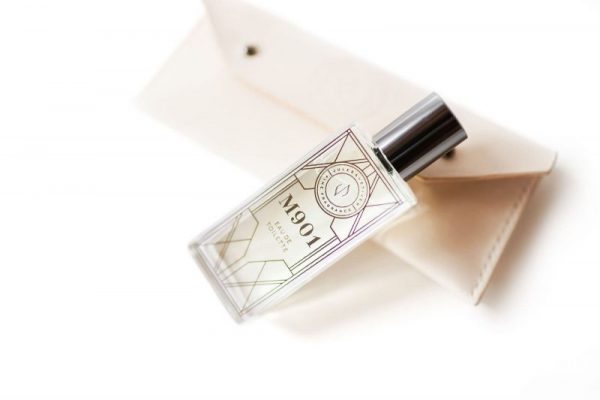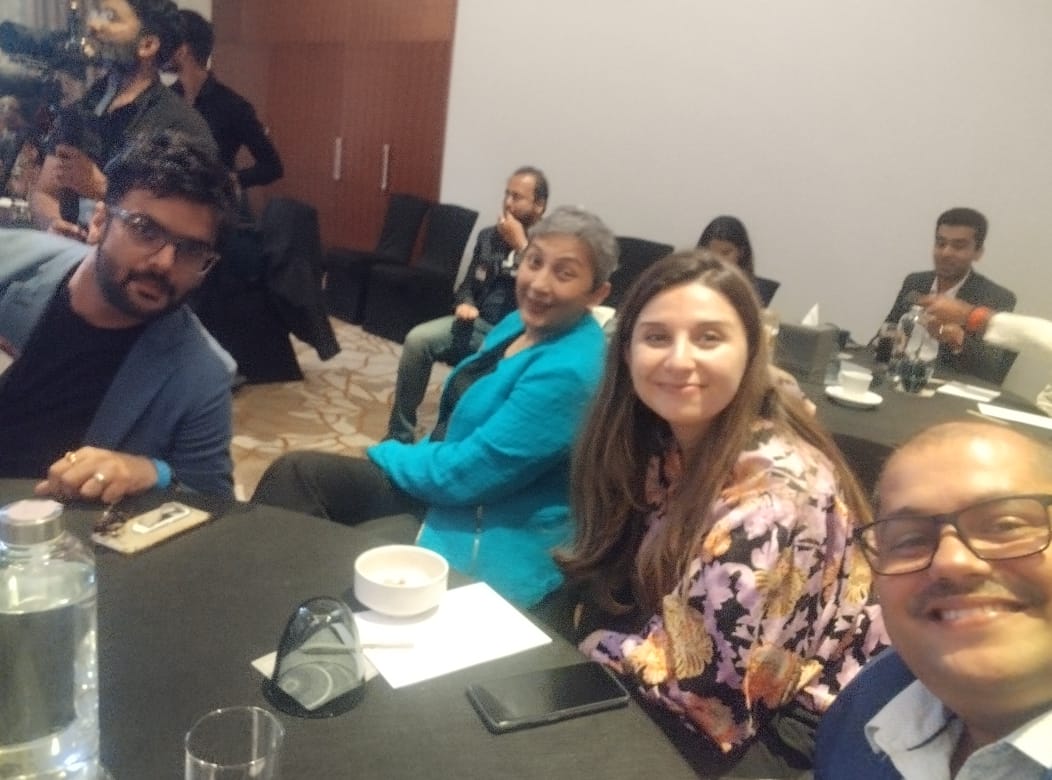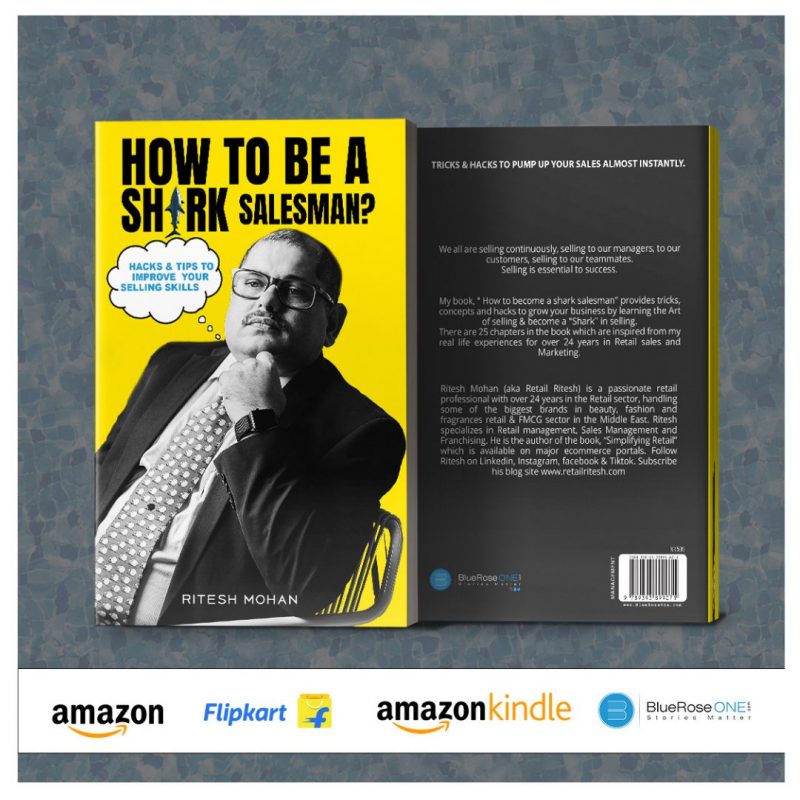Why private label matters (beyond gross margin) to hypermarket retailers?
Private label brands- focus for retailers.
Recently, I was reading a business paper and Kohl’s new strategy of focusing on Private label caught my attention.
The article mentioned that Kohl’s private label outperformance was driven by its private labels like Tech Gear, Simply Vera Vera Wang, Lauren Conrad, and Flex.
Three recently-launched home brands by Kohls — Mariana, Hotelier and Mingle and Co. — saw a “strong initial response” and contributed to improved performance in bedding, bath and tabletop categories.
One question that remained with me post reading the article..
Why do hypermarket retailers need Private label brands?
The answer lies in:
- Profitable mix-shift: Store brands typically deliver higher penny profit than comparable national brands (lower COGS, lower trade spend, tighter spec control);
- Stronger loyalty loop: Private brands can anchor preference for the retailer, not just the product.
As per management consultancy Bain’s study, shoppers are ~7× more loyal to retailers than to manufacturers, so when Private Label quality hits parity, it’s a flywheel for repeat and basket expansion. (source-PYMNTS.com)
To deep dive further into the Private label basket economics I reached out to my retail friend Mr Nafees Ansar over a coffee chat to understand the Merchandise mix wherein Private label brand really helps hypermarket retailers.
Private labels in the middle east are predominantly seen in cooking oils, frozen foods, detergents & hygiene products etc.
“Retailer while doing their category planning need to focus on – Good , Better, Best brand mix keeping the price parity in mind”.
“Your traditional MNCs FMCG brands act as category captain & driver. And with inclusion of Good and better alternative brands in the brand assortment mix which offers “Value” proposition to the customer is a sweet spot wherein retailer’s Private label brand fits in and provide a good value to the customers”, he quoted.
New emerging categories for Private label brands are babies’ hygiene and diapers category.
Covid saw emergence of disinfectant category gaining traction and gave retailers to develop their own disinfectant/sanitizer brands under Private label.
To learn 5 slides strategy method, click here
Category architecture that works
- OPP (value): 10–15% of SKUs to win price checks.
- Core parity: 10–20% to drive units and repeat.
- Premium/specialty: 5–10% to drive penny profit and brand heat.
This ladder maps to the 25–35% Private Label sales target for mass hypermarkets and scales up for value formats.
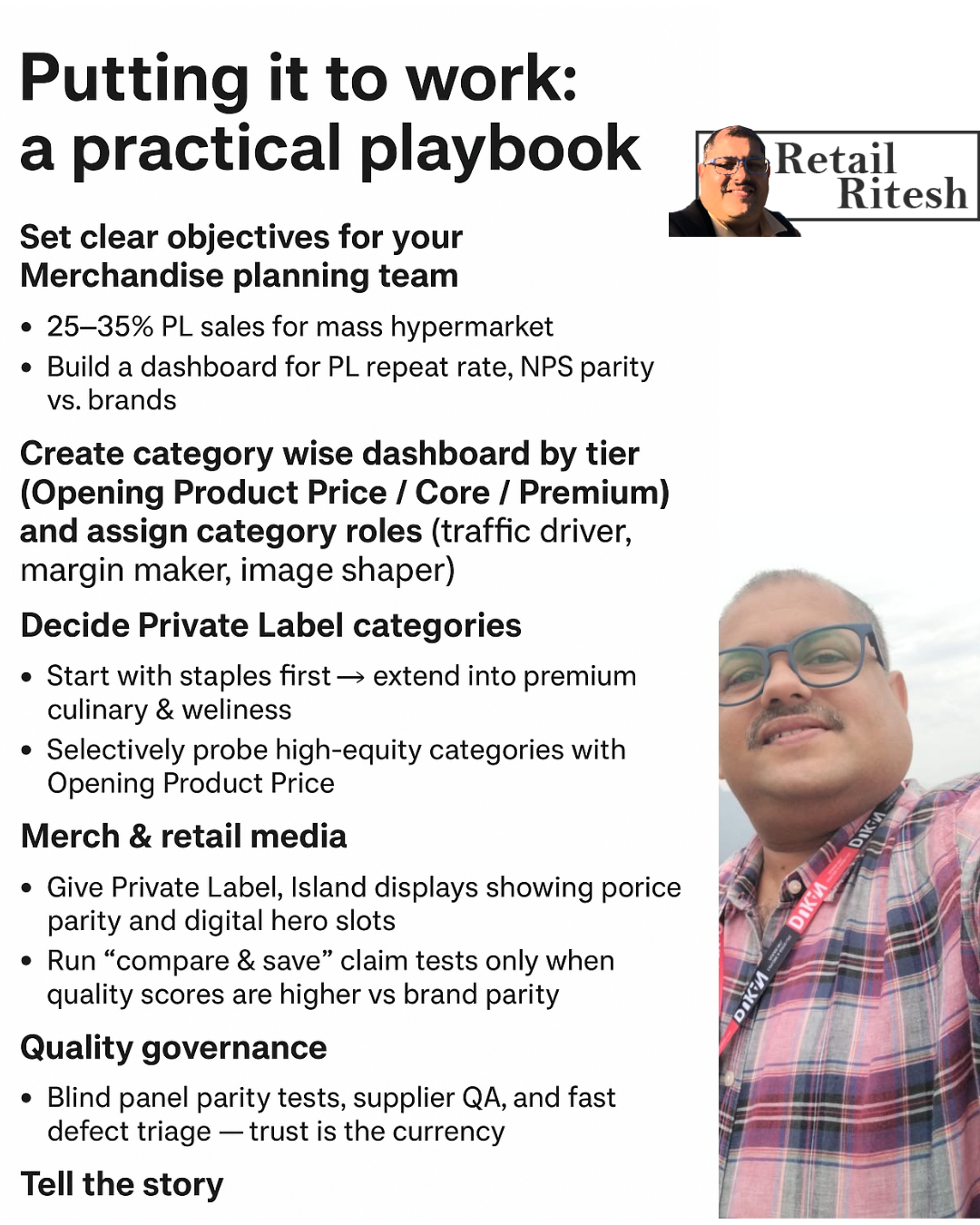
How much of the mix should be private label?
Use live-market anchors to set a realistic “sweet spot,” then tailor by banner strategy:
- Mass hypermarkets (value + breadth): target ~25–35% of sales from PL.
Benchmarks: Walmart’s private brands are ~31% of sales; Kroger sits around the high-20s; Target around mid-20s. This band reliably boosts gross profit while preserving branded choice. Talk Business & PoliticsFood Business News - Price-led formats (superstore/supermarket leaning value): 35–50% of sales.
Carrefour, for example, reports 36% of food sales from its own brands and is steering toward 40%. WARC - Hard discounters: 70–90%+ of assortment (and sales).
Lidl confirms >70% Private Label in its US assortment; independent reporting often cites ~80%. This is the efficiency model—limited SKUs, high velocity.
Categories where Private Label most often thrives
- Fresh & refrigerated (dairy, prepared, meat) for weekly trip frequency and trust-building.
- Pantry & center store (pasta, rice, canned veg, sauces) for visible value signaling.
- Home & paper / pet / beverages now delivering outsize PL growth vs. brands in the US. Food DiveConvenience
Case example:
Costco’s Kirkland Signature—“bigger than big brands.”
Kirkland is now a $67B+ brand (≈25% of Costco sales), surpassing many famous CPG brands by total revenue.
Strategies: co-manufacturing with tier-one suppliers, consistent quality parity or better, pack-size value, and category-by-category entries where the brand can credibly beat national leaders (e.g., batteries, olive oil, spirits, laundry).
Result: in many Costco categories, Kirkland is the #1 share within the warehouse channel. (source –Fortune)
To learn about Retail Markdowns, click Here
Case example -Discounters (Aldi/Lidl)—structural PL dominance.
With ~75–80%+ of sales in PL and a limited-SKU model, discounters have taught shoppers to start with own-label—flipping the traditional brand-first mindset.
The strategic levers are EDLP, speed & efficiency, and targeted premium tiers to block brand trade-up.
Result: sustained share gains vs. branded grocers and a structural PL lead. (source- Supermarket News)
Watch the Video

